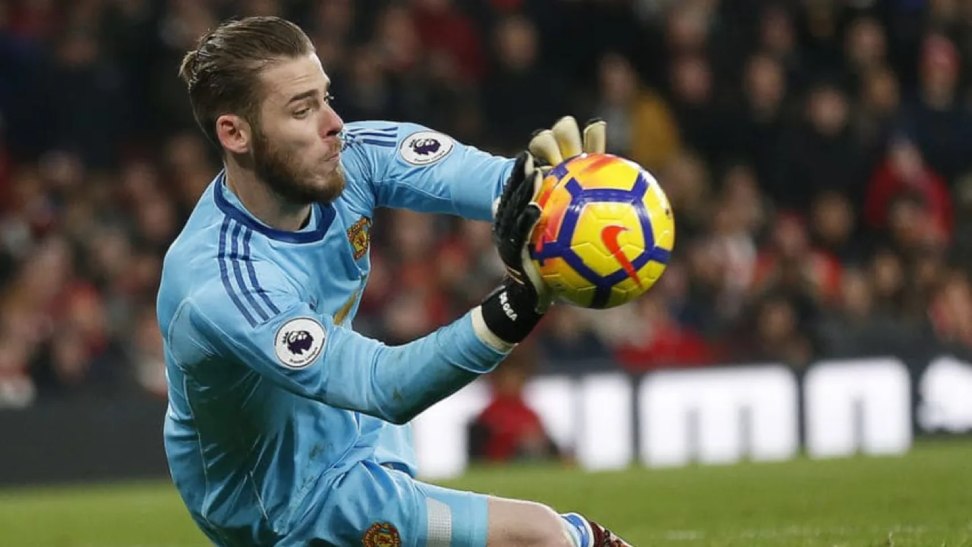Tigerexch, Skyinplay, Playinexch, T20 Exchange: Save percentage is a crucial metric when it comes to assessing a goalkeeper’s performance on the field. It serves as a reflection of their ability to make crucial saves and prevent goals from being scored. A high save percentage indicates a goalkeeper who possesses excellent shot-stopping skills and the ability to keep the opposition at bay. The higher the save percentage, the better the keeper is at protecting the net and ensuring that their team stays in the game.
Beyond simply stopping shots, save percentage also showcases a goalkeeper’s confidence and composure under pressure. When faced with a barrage of shots or difficult scoring opportunities, a goalkeeper with a high save percentage shows that they have the necessary skills and mental fortitude to handle the demands of the position. It is an exciting metric to analyze because it provides insight into a goalkeeper’s ability to consistently make saves and influence the outcome of matches. With save percentage, teams can identify the top performers and rely on them to make crucial stops when it matters most.
Why Goals Conceded Shouldn’t Be the Sole Metric for Evaluating Goalkeepers
When we think about assessing a goalkeeper’s performance, it’s easy to fall into the trap of simply looking at the number of goals conceded. While this may seem like a logical and straightforward metric, it fails to capture the full picture of a goalkeeper’s abilities and contributions to the team.
Goals conceded can be influenced by various factors beyond the goalkeeper’s control, such as defensive errors or exceptional attacking plays. Focusing solely on this metric ignores the goalkeeper’s shot-stopping abilities, decision-making skills, and overall command of the penalty area. By narrowing our evaluation to just goals conceded, we overlook the moments of brilliance and exceptional saves that a goalkeeper may produce throughout a match.
To truly assess a goalkeeper’s performance, we need to consider other key metrics such as save percentage. Save percentage measures the number of shots a goalkeeper saves compared to the total number of shots faced. This metric provides a more accurate reflection of a goalkeeper’s shot-stopping abilities and their effectiveness in preventing goals. By incorporating save percentage into our assessment, we get a more comprehensive understanding of a goalkeeper’s performance and their impact on the team’s defensive stability.
In conclusion, while goals conceded can be an important metric to consider when evaluating a goalkeeper, it shouldn’t be the sole criterion used. By also taking into account metrics like save percentage, we get a more nuanced view of a goalkeeper’s abilities and their contributions to the team.
Why is it important to consider save percentage when evaluating goalkeeper performance?
Save percentage is a crucial metric because it measures how many shots a goalkeeper successfully stops. It provides a more accurate reflection of a goalkeeper’s ability to make crucial saves and prevent goals.
Why should goals conceded not be the sole metric for evaluating goalkeepers?
Goals conceded alone can be misleading because they depend on various factors beyond the goalkeeper’s control, such as defensive mistakes or the quality of the opposition. Evaluating goalkeepers solely based on goals conceded fails to consider their overall performance and shot-stopping abilities.
How does save percentage complement the assessment of goalkeepers?
Save percentage gives us a clearer picture of a goalkeeper’s effectiveness by showing the percentage of shots they save out of those they face. It helps differentiate between goalkeepers who face a high volume of shots and those who face fewer but tougher shots.
Are there any other metrics that should be considered alongside save percentage?
Yes, while save percentage is valuable, it should be considered alongside other metrics like clean sheets, distribution, and command of the penalty area. A well-rounded evaluation takes into account various aspects of a goalkeeper’s game.
How can save percentage be calculated?
Save percentage is calculated by dividing the number of saves made by the total number of shots on target faced by the goalkeeper. The result is then multiplied by 100 to express it as a percentage.
Can save percentage alone determine the best goalkeeper?
No, save percentage alone cannot solely determine the best goalkeeper. It is just one aspect to consider. Other factors like consistency, decision-making, communication, and leadership qualities also play an important role in evaluating the overall performance of a goalkeeper.
Are there any limitations to using save percentage as a metric for goalkeeper evaluation?
While save percentage is valuable, it has limitations. For example, it does not consider the difficulty of each shot faced or the quality of the saves made. Additionally, it may not accurately reflect a goalkeeper’s performance if they face an unusually high or low number of shots.
How can goalkeepers improve their save percentage?
Goalkeepers can improve their save percentage by focusing on their positioning, technique, and reflexes. Regular training, studying opponents’ shooting tendencies, and working on their communication with the defense can also contribute to better shot-stopping abilities.
Additional:
- What Is Binance Coin?
- What Is Dawn AI? How To Use?
- Artbreeder | Review, Price, Feature
- Monday.com Login – How To Login Monday.com?

